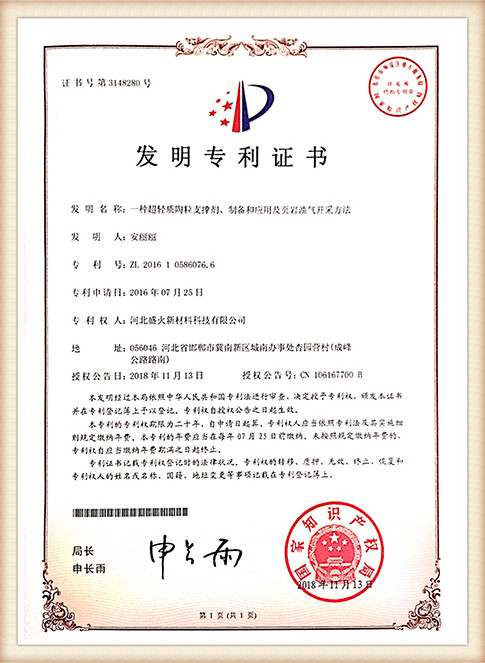Precision Sand Casting A Comprehensive Overview
Precision sand casting is a sophisticated manufacturing process that combines the timeless art of sand casting with modern precision engineering techniques. This method is widely utilized in the production of complex metal components across various industries, including automotive, aerospace, and general engineering. By understanding the intricacies of precision sand casting, manufacturers can harness its benefits for enhanced product quality and performance.
The Basics of Sand Casting
Sand casting, one of the oldest and most versatile metalworking processes, involves creating a mold from sand to shape molten metal into a desired form. The mold is created by compacting sand around a pattern, which is usually made of metal or plastic. Once the sand is set, the pattern is removed, leaving a cavity that defines the shape of the final product. Molten metal is then poured into this cavity and allowed to cool and solidify. After cooling, the sand mold is broken apart to reveal the cast metal object.
Precision in Sand Casting
The introduction of precision techniques in sand casting has allowed for improvements in dimensional accuracy, surface finish, and repeatability. Traditional sand casting often resulted in a rough surface and significant tolerances. However, advancements in mold technology, including the use of resin-bonded sands and computer-aided design (CAD) allow for tighter tolerances, achieving precision levels comparable to other manufacturing methods such as investment casting.
One critical aspect of precision sand casting is the quality of the sand. High-quality, specially formulated sands that have superior binding properties contribute significantly to the stability and precision of the mold. Additionally, the use of advanced milling machines to create the patterns ensures that the dimensions are exact, providing a better fit for the final part.
Benefits of Precision Sand Casting
precision sand casting

1. Complex Geometries Precision sand casting is able to produce highly complex shapes that might be challenging or cost-prohibitive to achieve with other methods. This capability is particularly beneficial in industries where intricate designs are required.
2. Material Versatility A wide range of metals can be utilized in precision sand casting. This includes iron, steel, aluminum, and various alloys, allowing manufacturers to select the most appropriate materials based on the specific application requirements.
3. Cost-Effective Compared to more specialized casting processes, precision sand casting often incurs lower tooling and production costs. The process is particularly advantageous for medium to large production runs, where economies of scale can be realized.
4. Reduced Lead Time With modern advancements in casting techniques, the lead time from design to finished product can be significantly reduced. Rapid prototyping technologies can also integrate seamlessly into the sand casting process.
5. Enhanced Surface Finish Techniques such as using finer sands or applying coatings to the mold can significantly improve the surface finish of cast parts, reducing the need for additional finishing processes and further enhancing product quality.
Future Trends
As industries continue to seek more efficient and sustainable manufacturing methods, the precision sand casting process is evolving. Innovations such as 3D printing technology for mold creation and the integration of automated quality control measures are emerging trends that promise to enhance the capabilities of precision sand casting.
In conclusion, precision sand casting is a versatile and cost-effective solution for producing complex metal parts with high accuracy. Through the continual evolution of techniques and materials used, it remains a vital component in the manufacturing landscape, meeting the growing demands for precision and efficiency across various sectors. By leveraging the strengths of precision sand casting, manufacturers can ensure they remain competitive in an ever-changing market.
Post time:Aug . 13, 2024 18:06
Next:Understanding the Importance of Sand in the Sand Casting Process and Its Applications
